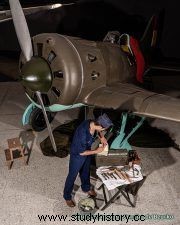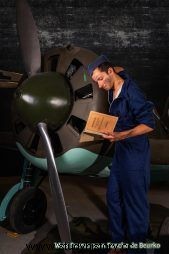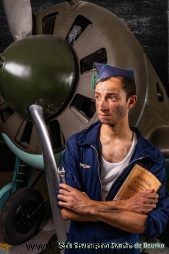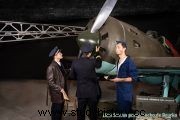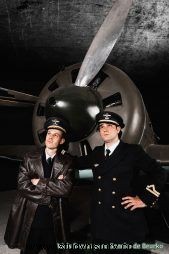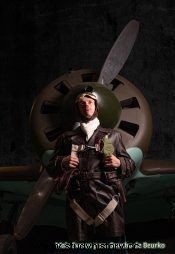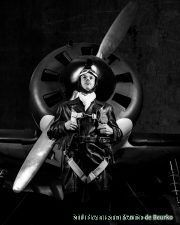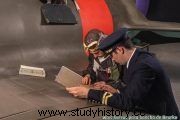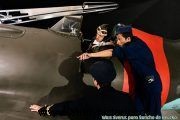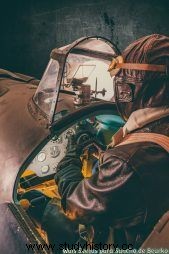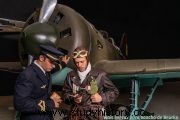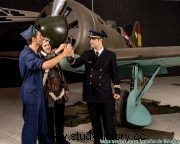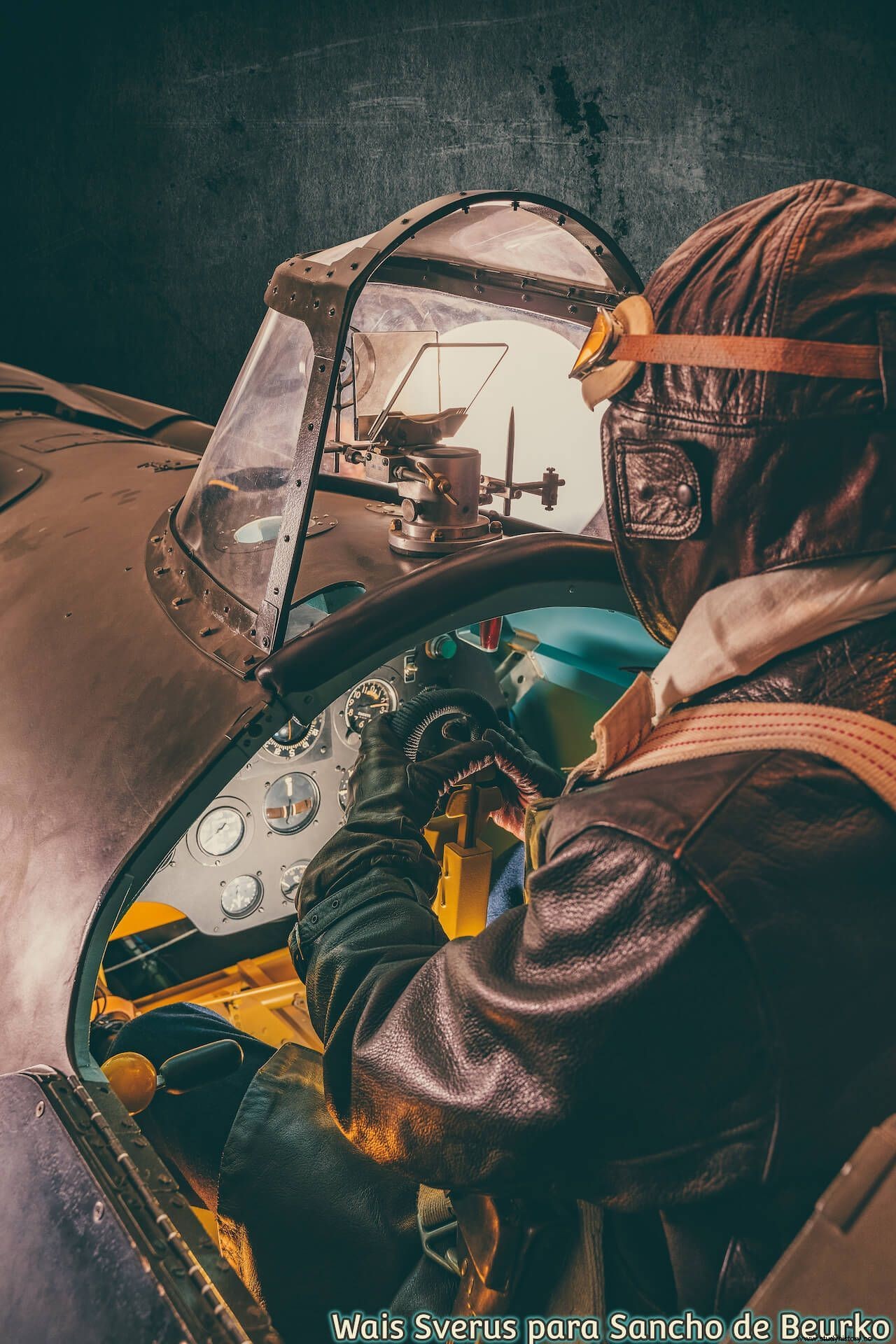
At the beginning of the summer of 1937, the Vizcaya campaign had ended with the front stabilized in the limits of the province of Santander, which remained, together with Asturias, as the only territory controlled by the Government of the Republic in the Bay of Biscay. The remains of the Basque Army were grouped into four newly created divisions, numbered from 48th to 51st, which were added to those of Santander to defend a sentenced territory and to which only the offensive on Brunete from 6 to 25 July would give a break. By then, the Republic Air Forces in the north they were collapsed before the overwhelming air superiority of the enemy and the lack of depth of the airfields, which were bombed every other day.
The instability of the government of Largo Caballero, whom the Soviets detested, had caused them to boycott the sending of planes to Vizcaya with the ultimate intention of annulling his administration as minister of war (including his projected offensive over Extremadura) and provoke his resignation during the spring of 1937. The continuous requests for aviation by the Lendakari José Antonio Aguirre were the cause of tremendous disagreements with Minister Prieto, who in the end would assert his criteria to send planes to the north against the opinion of the Soviet General Douglas and the head of the Republican Air Force (FARE) Hidalgo de Cisneros. But this would not happen until well into the month of May and in successive expeditions, at first via France and then by direct flight from Algete (Madrid) which, despite the difficulties and the displeasure of the pilots at having to cross hundreds of kilometers dominated by the rebels, it would become the only feasible option.
The first Polikarpov I-15 “Chato” The reinforcements would not arrive until May 22 and by then nothing was left of the Northern Armed Forces except the name, reduced to little more than a patrol of "Chatos" and the conglomerate of totally obsolete second-line aircraft that the popular wit gave called "Circo Krone" (Breguet XIX, Koolhoven FK-51, Gordou and Letov), forced to operate in the rear due to lack of protection, mainly from La Albericia (Santander), a reference field for Republican aviation throughout the Cantabrian coast , whose chief was Captain Valle, replaced by Martín Luna Lersundi. At the end of May, the “Chatos” squadron had already been rebuilt with great effort, which had 15 aircraft in flight status, of which 3 were lost in Santander on the way back from a mission in the Basque lands on the 28th and some would be damaged during the short time they remained at the Somorrostro aerodrome from June 3 to 4. In both cases they found the harsh reality that the rebel aviation, which had several fighter squadrons, could afford to wait for them, either on their return from their missions or relieved until they ran out of fuel, without there being of the brave northern aviators response capacity, or it would have been reduced to a minimum.
Bilbao would fall on June 19, 1937, but the following fighter expeditions to the north would not arrive until well into July. Guided by a Tupolev SB-2 "Katiuska" to avoid previous navigation errors that had caused the loss of some aircraft, a complete squadron of "Chatos" arrived at La Albericia under the command of Ramón Puparelli, who was accompanied, among others, by four veterans from the north:Riverola, Comas, San José and Magrinyá. Eight Polikarpov I-16 “Mosca” fighters also arrived in July, the most modern of the FARE, in an expedition guided by a “Katiuska” piloted by Gregori Tjor. It was an expedition made up exclusively of Soviet aviators under the command of Valentin Ukhov, all volunteers who had been asked to make a huge sacrifice, as one of them, Ivan Evséviev, tells us:
Soviet aviators fought in the north until the end of July, facilitating the transition to the Polikarpov I-16 “Mosca” for three “Chato” pilots selected for their qualities and experience, Andrés Rodríguez Panadero, Esteban Ortiz Bueno and Rafael Magrinyá. It was the second time that the transition was facilitated on the fly for the "Krone" aviators, something that can only be understood in the very difficult context of the fight waged in the northern skies and was a consequence of both the constant pressure of the enemy and the isolation of the government territory. The first time had been in December 1936 and those chosen to make the transition to "Chato" were Felipe Del Río Crespo and Juan Roldán Maldonado. This second was under even worse circumstances. The three chosen would be joined by pilots from the first class of Kirovabad who had just arrived, such as Laureano Flamerich and Masanellas. To facilitate the operation of the new squadron of "Flies" from the north, three Soviet pilots stayed with them, Evséviev, Demídov and Kuznetsov, whom they never knew by their real names. On August 17, when the final battle for Santander was already being fought, a second squadron of “Flies” arrived under the command of Boris Smirnov, who was accompanied by eight other Spanish pilots from Kirovabad. Too few and too late. Rodríguez Panadero, Bueno and Magrinyá followed the fate of Del Río and Roldán:all of them died in aerial combat. The agonizing struggle of the aviators of the Republic lasted until the end in Asturias in October 1937.
On July 14, 2019, the Historical Recreation group of the Sancho de Beurko Association held a photo session at the Polikarpov I-16 “Mosca” of the Camp d'aviació de la Sénia (Tarragona) to commemorate the anniversary of the arrival at the north of this remarkable plane. The proposed scenery places a "Mosca" in a hangar in La Albericia with three people, a mechanic (Iñaki Peña Eguskiza), Captain Valle (Eneko Tabernilla) and Lieutenant Magrinyá (Eder Artal), who become familiar with the new fighter , exploring untreated fields in historical recreation, such as the scene in which they plan navigation on the wing with a plotter and a very special compass for having appeared precisely in La Sénia. Later, the pilot contacts the controls of the “Mosca” and finally, after reviewing the documentation with the chief of operations, our three protagonists, Valle, Magrinyá and the mechanic, toast the victory in the north with the “Cruz Blanca”, iconic in Santander. Thank José Ramón Bellaubí, Heribert García Esteller and Albert Huguet for their friendship and invaluable help and Wais Sverus for the extraordinary photographs that we show here.
Guillermo Tabernilla is the author of El Circo Krone. The epic of the Republic pilots in the North and co-author of Basque combatants in the Second World War .

